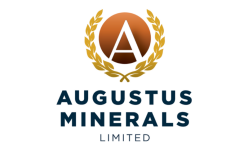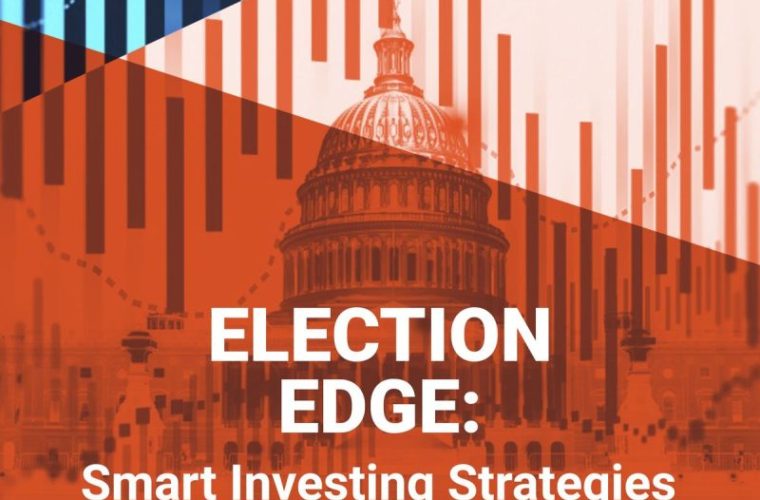
As efforts to decarbonize accelerate globally, hydrogen is emerging as a key energy source and is driving new demand for platinum, according to a recent infographic released by the World Platinum Investment Council.
Hydrogen fuel cell technologies, which rely heavily on platinum, are becoming central to energy transition strategies as industries move toward cleaner alternatives to fossil fuels.
Platinum’s role in the energy transition.
Infographic via the World Platinum Investment Council.
Platinum’s role is particularly significant in proton exchange membrane (PEM) technologies, which are essential for both hydrogen production and utilization. PEM electrolyzers, which generate hydrogen by splitting water molecules using electricity, depend on the metal serving as a catalyst.
When powered by renewable energy, these systems produce green hydrogen, a zero-emission fuel that can serve as a replacement for carbon-heavy fuels in multiple sectors.
PEM fuel cells, which also rely on platinum catalysts, convert hydrogen into electricity, emitting only water and heat. These fuel cells are used in fuel cell electric vehicles (FCEVs), as well as in stationary power applications.
Hydrogen-powered FCEVs, such as trucks and buses, are leading the push toward hydrogen-based transport as fuel cells offer a longer driving range and faster refueling times compared to battery electric vehicles.
Hydrogen-powered transport is also expanding into the rail and maritime sectors, and even aviation.
Growth in markets for platinum-based PEM technology.
Infographic via the World Platinum Investment Council.
Beyond transportation, platinum is playing a critical role in stationary energy systems, where PEM fuel cells are increasingly being used to provide backup or off-grid power for critical infrastructure.
Data centers, telecommunications towers and industrial facilities are increasingly looking to hydrogen fuel cells as a reliable, low-emission alternative to diesel generators. Analysts expect hydrogen-related demand for platinum to reach nearly 900,000 ounces by 2030, with PEM fuel cells alone accounting for over 600,000 ounces.
Governments around the world are promoting hydrogen as a key component of their long-term decarbonization strategies, with over 60 countries having adopted hydrogen policies or strategies. China is currently forecast to be the largest market for FCEVs, while Europe and North America are also experiencing growth in hydrogen investments.
Platinum benefiting from hydrogen demand.
Infographic via the World Platinum Investment Council.
The WPIC also highlights that this global shift toward hydrogen is due to drive more than US$300 billion in hydrogen-related investments through 2030. Currently, 60 percent of platinum demand comes from fuel cells, while 11 percent of future platinum demand is expected to be driven by hydrogen applications to 2030.
Click here for the full World Platinum Investment Council infographic.
Securities Disclosure: I, Giann Liguid, hold no direct investment interest in any company mentioned in this article.























